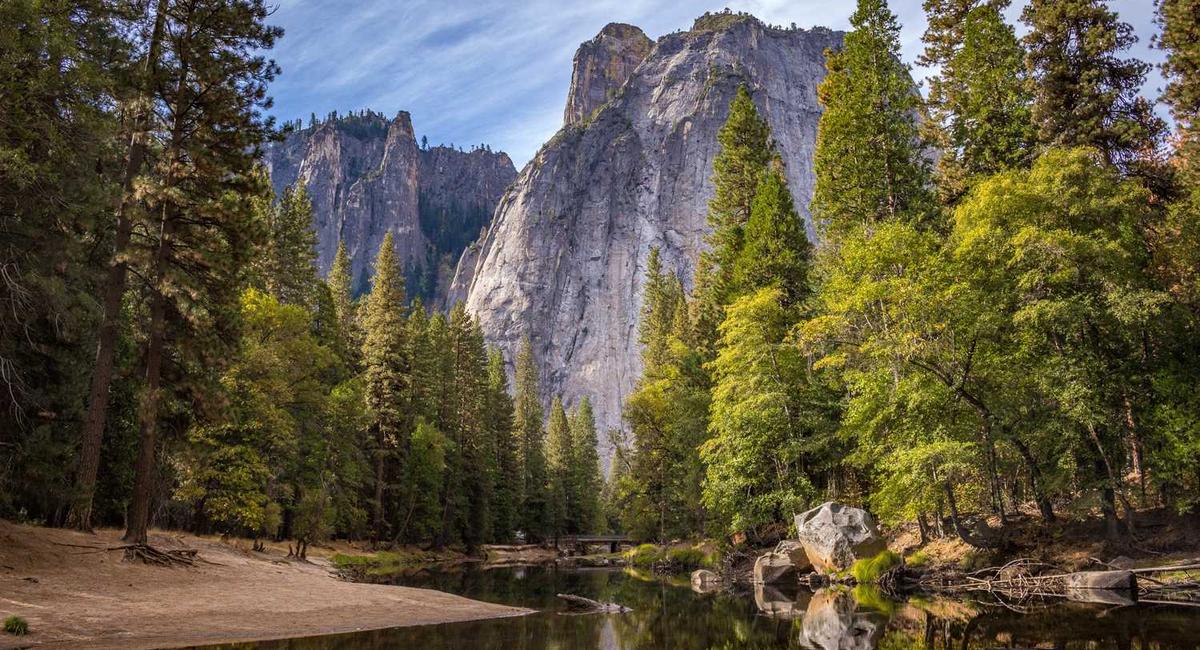
In‑article AdSense (replace with your code)
Short version: Turn on Storage Sense, clear temporary files, trim startup apps, remove bloat, run updates, and tidy your browser. Optional: a couple safe power tweaks. Expect 10–20 GB freed and a noticeably faster boot without installing anything sketchy.
Start with a safety net: Restore Point (1 minute)
Think of a restore point as a system “save.” If something odd happens later, you can revert in clicks.
- Press Windows key and type Create a restore point.
- Select your system drive → Create → name it Pre‑Tune‑Up.
- Wait for the confirmation. Done.
Tip: If System Protection is off, enable it for the system drive so future restore points are automatic before updates.
Run Storage Sense & Disk Cleanup (2–4 minutes)
Storage Sense is the built‑in broom that most people never turn on. It quietly purges cruft you don’t need.
- Go to Settings → System → Storage, toggle Storage Sense on.
- Click Temporary files and select: Delivery Optimization, Download cache, Previous Windows installations (if shown) — then Remove files.
- Back in Storage, open Configure Storage Sense and set it to run During low free disk space or Every month.
Expect several gigabytes back, especially after feature updates.
Stop startup creep (1–2 minutes)
Boot lag is usually a pile of apps starting themselves uninvited.
- Press Ctrl + Shift + Esc to open Task Manager → Startup apps.
- Disable anything you don’t need right after boot: chat apps, game launchers, PDF updaters, cloud sync (if you open it manually), printer helpers.
- Reboot later to feel the difference.
Rule of thumb: if you wouldn’t open it every morning yourself, it shouldn’t open itself.
Uninstall true bloat (2 minutes)
OEM utilities, trials, and forgotten apps consume disk and background cycles.
- Settings → Apps → Installed apps → sort by Size or Install date.
- Remove games you don’t play, toolbars, outdated drivers, and duplicate utilities.
- Leave anything labelled Driver, Runtime, or Microsoft Visual C++ unless you’re certain.
Update Windows & drivers (1–2 minutes of clicks)
Updates aren’t just security — they often carry performance fixes.
- Settings → Windows Update → Check for updates.
- For GPU/Chipset/Wi‑Fi: use your vendor app (Intel Driver & Support, AMD Adrenalin, NVIDIA GeForce Experience) or download from the manufacturer site.
Prioritize network and graphics drivers — they have outsized impact on glitches and stutters.
Browser bloat cleanup (1 minute)
Even high‑end PCs feel laggy with a heavy browser. Do this:
- Clear cache/history (keep passwords if you like).
- Audit extensions — remove anything you don’t use weekly.
- Enable a built‑in tracker blocker and consider tab sleeping or energy saver features.
Optional: power & visuals for responsiveness (1–2 minutes)
Small, safe tweaks that make older hardware feel snappier:
- Control Panel → Power Options → pick Balanced or High performance (laptops: mind battery life).
- System Properties → Advanced → Performance → Adjust for best performance (or custom: leave font smoothing on).
- Turn off transparency effects: Settings → Personalization → Colors.
Deeper but still safe (optional)
Have 5 extra minutes? These are worth it:
- OneDrive/Cloud cache: Right‑click large folders → Free up space (keeps files online only).
- WinSxS component cleanup: Open Disk Cleanup as admin → Windows Update Cleanup.
- Old user downloads: Sort by size/date; archive to an external drive.
What not to touch
- Registry cleaners. They promise miracles, deliver headaches.
- “Driver booster” packs. Get drivers from the OEM or Windows Update.
- Random “optimizer” suites. If you can’t describe what it changes, skip it.
A simple schedule that sticks
- Monthly: Run Storage Sense, clear temp files, review downloads.
- Quarterly: Revisit startup apps, uninstall unused programs.
- Always‑on: Windows Update + vendor GPU/network updates.
That’s it. Minimal effort, consistent speed.
In‑article AdSense (replace)
FAQ
Q: Will this erase personal files?
A: No — the steps target temporary/system junk. Still, back up important documents/photos regularly.
Q: My disk is still full. What next?
A: Sort your largest folders (Downloads, Videos). Move raw footage/game libraries to external storage. Consider compressing old archives.
Q: Do I need an SSD?
A: If you’re still on a hard drive, yes — an SSD is the single biggest speed upgrade. Even a budget SATA SSD transforms boot and app launches.
